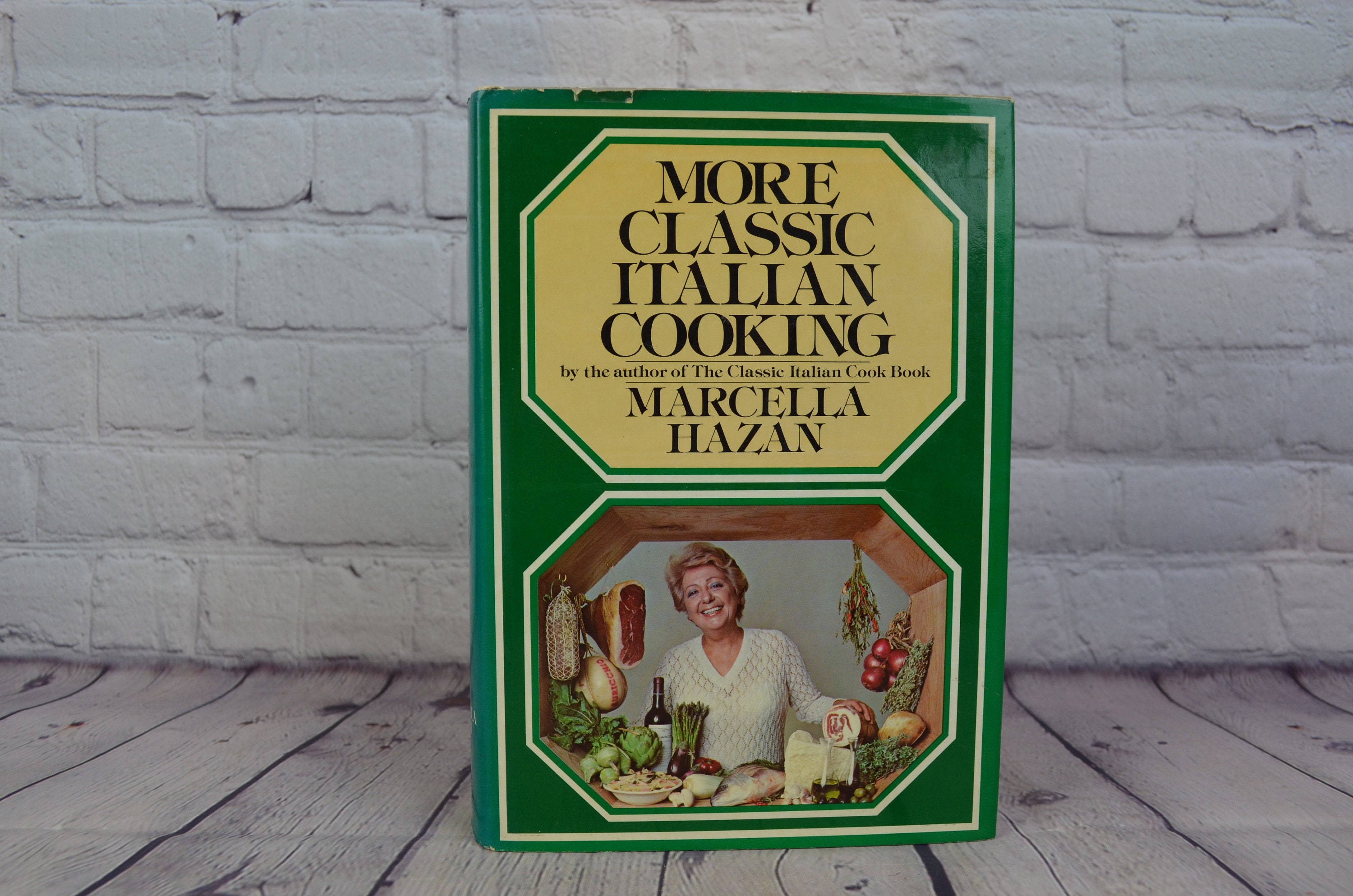
Her desire to become a cook was born of necessity: she wanted to cook well for her husband and young son Giuliano (now a chef and cooking teacher himself). When she arrived in New York in 1955 as a reluctant immigrant (she was a former biology teacher following her newlywed husband Victor Hazan) she spoke no English and could barely cook the meals she had grown up on in the seaside town of Cesenatico in the Emilia-Romagna region. She was gruff and a chain smoker she insisted on simplicity and precision in her recipes, and she did not suffer fools or lazy cooks. She was never as famous as Julia Child and remains unknown to many cooks today, which is a pity because her influence on American cooking, and the mainstreaming of Italian food here, cannot be overstated, as the New York Times noted in her obituary. Marcella Hazan wrote six cookbooks, starting in 1973 with The Classic Italian Cookbook. There are unbridgeable differences between Bologna and Florence, each the capital of its own region, yet only 60 miles apart.” “The cooking of Venice, for example, is so distant from that of Naples, although they are both Italian cities specializing in seafood, that not a single authentic dish from one is to be found on the other’s table. The cooking of Italy is really the cooking of regions that until 1861 were separate, independent, and usually hostile states,” she writes in the introduction of Classic. ”˜Italian cooking’ is an expression of convenience rarely used by Italians.


“The first useful thing to know about Italian cooking is that, as such, it actually doesn’t exist. How could anyone possibly eat all that food? Hazan shows you – through her accessible, delicious, and reasonably proportioned regional Italian recipes – that there is an art to this way of cooking and eating and that you can do it too. may be kings of the super-sized single-course portion, many Americans are confounded by Italian menus that offer Antipasti (appetizers), Primi (first course), Secondi (second course), Verdure (vegetables), and Dolci (desserts).

The subtitle, “The Art of Italian Cooking and the Italian Art of Eating,” points to the heart of the book, which is the joy and naturalness of the classic Italian multi-course meal, where, as the book jacket notes, “no one course dominates ”¦ meals have a natural flow ”¦ dishes are designed to complement each other”¦” And people enjoy the meal, and each other.Īlthough we here in the U.S. Even though I would soon move to Rome and live there for five years, cooking with and learning recipes from Italian friends and family, The Classic Italian Cookbook remains my go-to bible of Italian cooking. I was 21 years old when my mother gave me that cookbook. My very dog-eared copy of The Classic Italian Cookbook by Marcella Hazan has the following inscription: “Many happy hours in the kitchen, with love, Mom, Christmas 1986.”


 0 kommentar(er)
0 kommentar(er)
